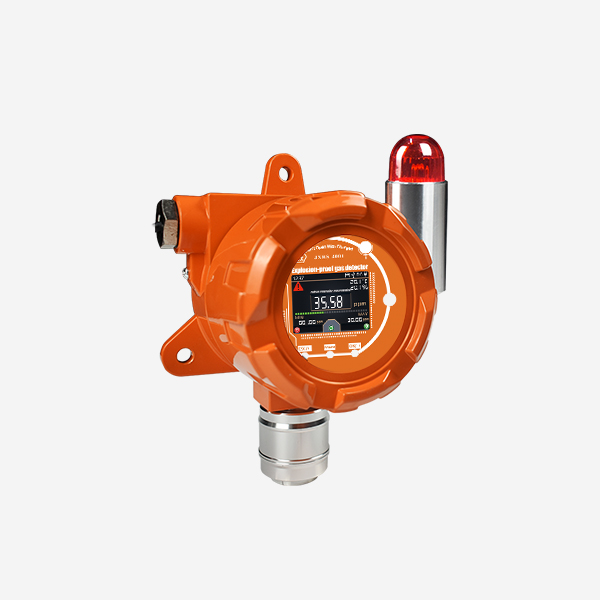CO2 alarm are essential devices designed to monitor carbon dioxide levels in indoor environments. By detecting and alerting occupants about excessive CO2 concentrations, these alarms play a crucial role in safeguarding indoor air quality and ensuring the well-being of individuals. This article explores the significance of CO2 alarms, their functioning principles, and the benefits they provide in maintaining healthy indoor environments.

Understanding CO2 Alarms
CO2 alarm are electronic devices that measure and monitor carbon dioxide levels in the air. They are commonly used in residential, commercial, and industrial settings to prevent the accumulation of high levels of CO2, which can pose health risks and reduce overall indoor air quality. CO2 alarms are particularly important in spaces with limited ventilation or where large gatherings occur.
Working Principles of CO2 Alarm
CO2 alarms utilize a sensing mechanism to detect the concentration of carbon dioxide in the air. Most CO2 alarms employ non-dispersive infrared (NDIR) sensors, which work by measuring the absorption of infrared light by CO2 molecules. When the CO2 concentration crosses a pre-set threshold, the alarm is triggered, emitting a loud sound and, in some cases, activating visual signals to alert occupants about the potential danger.
Benefits of CO2 Alarm

CO2 alarm offer several advantages in maintaining healthy indoor air quality:
Health Protection:
High levels of CO2 can lead to symptoms such as headaches, fatigue, dizziness, and difficulty in concentrating. CO2 alarms ensure prompt detection of elevated CO2 levels, allowing occupants to take necessary actions such as increasing ventilation or taking breaks to avoid potential health issues.

Ventilation Control:
CO2 alarms help in managing ventilation systems effectively. By continuously monitoring CO2 levels, these alarms can provide feedback to ventilation systems, enabling them to automatically adjust the airflow to maintain optimal indoor air quality. This ensures a constant supply of fresh air while minimizing unnecessary energy usage.
Energy Efficiency:
CO2 alarms aid in optimizing energy consumption in buildings. By linking the ventilation systems to CO2 levels, the alarms prevent excessive ventilation when the CO2 concentration is within acceptable limits. This helps conserve energy by reducing heating, cooling, and ventilation requirements.
Compliance with Regulations:
Several building codes and standards mandate the installation of CO2 alarms in specific areas to ensure occupant safety. By installing CO2 alarms, property owners comply with these regulations, avoiding potential penalties and ensuring a safe environment for occupants.
Applications of CO2 Alarms
CO2 alarms find applications in various indoor settings, including:

Residential Spaces:
CO2 alarms are used in homes, apartments, and other residential buildings to ensure healthy indoor air quality. They are particularly useful in areas with limited natural ventilation, such as basements or rooms with small windows.
Commercial Buildings:
CO2 alarms are commonly found in offices, schools, shopping malls, and other commercial establishments. These alarms help monitor CO2 levels in crowded areas, ensuring adequate ventilation and maintaining a comfortable environment for occupants.
Industrial Facilities:
CO2 alarms play a vital role in industrial settings, where high levels of CO2 can be generated. They are used in manufacturing plants, warehouses, and storage areas to detect potential carbon dioxide leaks, preventing harm to workers and maintaining air quality standards.
Conclusion:
CO2 alarms provide a crucial line of defense in maintaining healthy indoor air quality. By monitoring CO2 levels and issuing timely alerts, these alarms protect occupants from health risks associated with high CO2 concentrations. Additionally, they contribute to energy efficiency by optimizing ventilation systems and ensuring compliance with building regulations. The incorporation of CO2 alarms in various indoor environments ensures a safer and healthier living and working environment for individuals.
